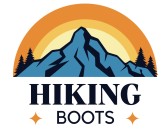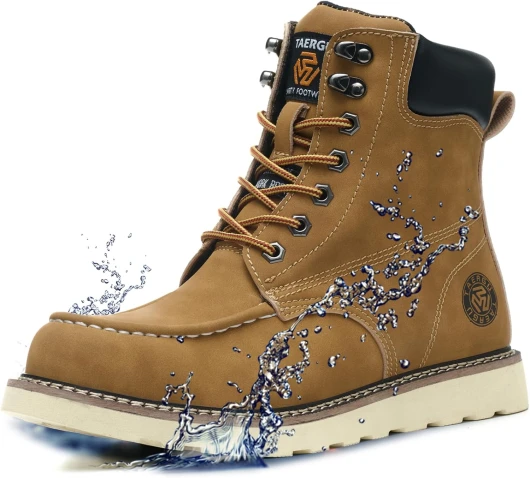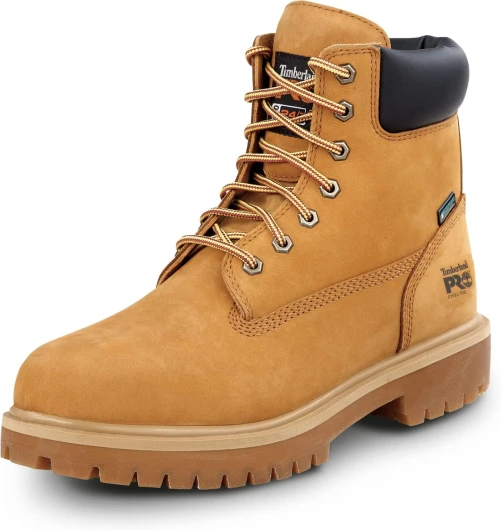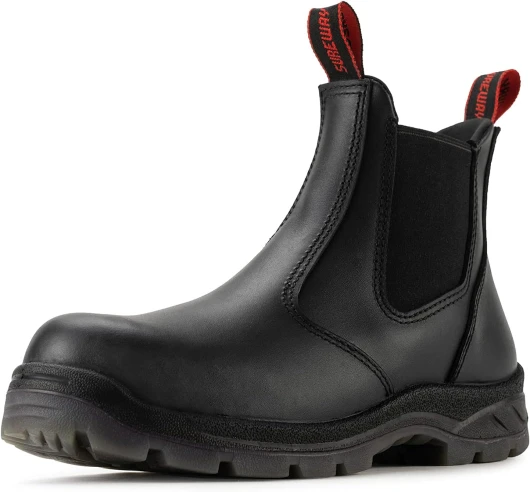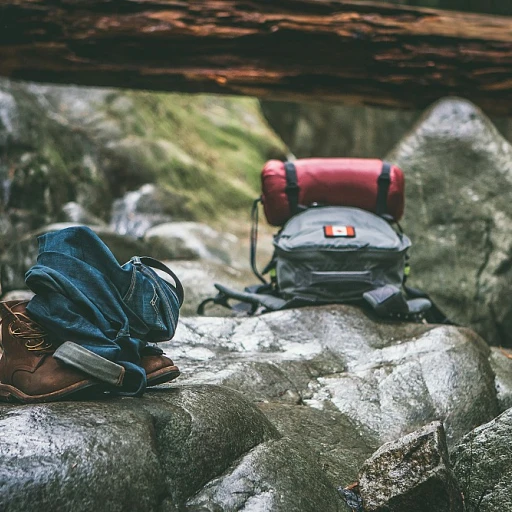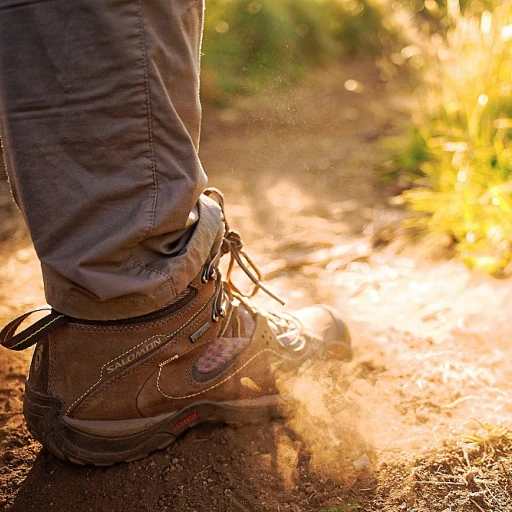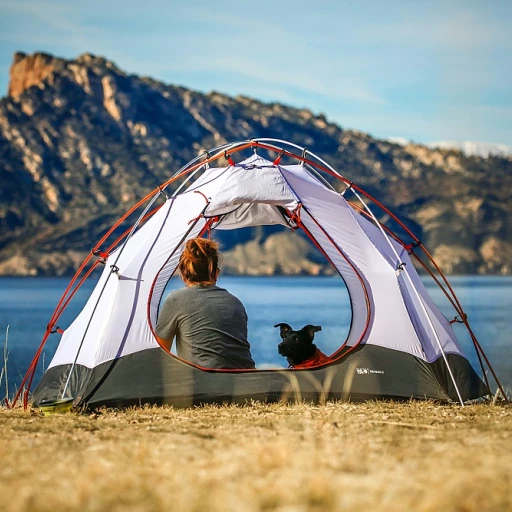
Understanding the Appeal of Slip-On Work Boots
The Allure of Convenience and Versatility
Choosing the right pair of boots for your outdoor adventures is crucial, but what happens when you want convenience combined with reliability? That’s where slip-on work boots step into the picture. Unlike traditional laced boots, slip-on variants offer the distinct advantage of easy, fuss-free entry and removal, making them ideal for those who value practicality. Slip-on work boots have become increasingly popular among outdoor enthusiasts and experienced hikers alike, thanks to their versatile nature and capability to handle various terrain challenges. These boots often come equipped with features such as a composite toe or steel toe for enhanced protection, suitable for rough and tough adventures. Additionally, many models include waterproof capabilities that prove invaluable when facing unpredictable weather conditions. It's no wonder why more and more individuals are gravitating towards slip-on work boots for their outdoor pursuits. With features like electrical hazard protection and slip-resisting soles, these boots serve not only hikers but also workers in settings where safety hazards are a concern. If you’re curious about how these versatile boots can cater to your adventurous spirit, I recommend checking out an insightful exploration of their capabilities in outdoor scenarios here. Whether tackling muddy trails or conquering a mountain pass, slip-on work boots can make all the difference in comfort and performance, refining your outdoor gear collection.Key Features to Look for in Slip-On Work Boots
Essential Attributes for Optimal Performance
When selecting slip-on work boots for outdoor adventures, understanding the key features that enhance their functionality is crucial. These boots are designed to offer convenience without compromising on safety and durability. Here are some essential attributes to consider:
- Toe Protection: Depending on your needs, you might opt for steel toe, composite toe, or soft toe options. Steel toe boots provide maximum protection against heavy impacts, while composite toe boots offer a lighter alternative without sacrificing safety.
- Waterproof Capabilities: Ensuring your boots are waterproof is vital for maintaining comfort in wet conditions. Look for products with advanced waterproofing technologies to keep your feet dry.
- Slip Resistance: A slip-resisting sole is essential for navigating slippery terrains. This feature not only enhances safety but also boosts confidence during your hikes.
- Electrical Hazard Protection: If you’re working in environments where electrical hazards are a concern, boots with electrical hazard protection are a must-have.
- Durability and Material: The material of the boot, whether leather or synthetic, should be durable enough to withstand rugged terrains. Consider options like brown leather for a classic look.
- Comfort and Fit: A good fit is non-negotiable. Features like a soft inner lining and a pull-on design can enhance comfort, making long hikes more enjoyable.
By focusing on these features, you can refine your choice to find the perfect pair of slip-on work boots that meet your specific needs. For more insights on minimalist hiking boots and their benefits, you can explore this guide.
Comparing Slip-On Work Boots to Traditional Hiking Boots
-
Functionality and Fit: Slip-On Work Boots vs Traditional Boots
When comparing slip-on work boots to traditional hiking boots, a key distinction lies in their design and ease of use. Slip-on work boots offer a hassle-free experience due to their convenient design, enabling easy wearing and removal without the need for laces. This makes them an attractive choice for those who prioritize convenience and speed, especially in environments where frequent boot removal is necessary.
-
Durability and Protection
Slip-on work boots are engineered to endure challenging outdoor conditions with features like waterproof materials, composite toe, and steel toe options that provide protection against various hazards. Traditional hiking boots may offer a more robust construct with ankle support, which can be beneficial on rough terrains, but slip-on boots compensate with their own advantages such as electrical hazard protection and slip resisting soles.
-
Price and Style Considerations
The price of slip-on work boots generally varies based on the features like safety toe options - including steel, composite and soft toe - along with the waterproof capabilities. They often come in distinct styles like brown or western work boot design that can refine your range of outdoor adventures. In contrast, traditional hiking boots may offer more options in terms of professional hiking gear.
-
Comfort and Support
Although slip-on boots might lack the snug fit that laces provide, they are designed with comfort in mind. This includes features like pull work and square toe design, ensuring a comfortable fit. Traditional hiking boots, however, may offer better ankle support and are often seen as better suited for challenging hikes, while slip-on boots can be great for mild to moderate outdoor activities.
Top Brands Offering Slip-On Work Boots
Leading Brands Delivering Top-Notch Slip-On Options
When it comes to slip-on work boots, several brands stand out for their quality and innovative designs. These brands offer features that cater not only to the comfort and safety of outdoor enthusiasts and mountaineers but also meet the demanding needs of experienced hikers.
For those who need waterproof work capabilities, some brands integrate advanced technologies like composite toe, steel toe options, and electrical hazard protection. These features are crucial as they ensure that wearers are safe from potential risks while exploring rugged terrains.
- Brand A: Renowned for their brown and black leather options, this brand offers slip resisting soles with soft toe and steel toe variations, making them ideal for outdoor adventures. Their products are also noted for excellent pull tabs, which enhance convenience and ease of use.
- Brand B: Known for their high-priced, premium items, this brand delivers work boots with features such as men waterproof technology and oil slip resistance. Their square toe designs are particularly popular among western work boot enthusiasts.
- Brand C: Offers a range of work boot options with a focus on composite toe and met guard protection. Their electrical hazard features ensure safety in unpredictable outdoor environments, making them a trusted choice for many.
- Brand D: Their dri lex lining technology and refined features offer a balance between durability and comfort. The color options allow for some personalization without sacrificing safety or utility.
Each of these brands prioritizes the elements that are most crucial for those seeking reliable work boots for outdoor activities, combining safety features with style and comfort. Whether you're looking for a toe work boot or an electrical hazard feature, there's a product to suit your specific requirements and preferences.
Tips for Choosing the Right Slip-On Work Boots
Making the Right Choice for Your Outdoor Needs
When it comes to selecting the perfect slip-on work boots, it’s essential to consider various factors to ensure you find the right pair that meets your specific needs. Here’s what to keep in mind:- Safety Features: Safety must always be a priority. Look for boots that offer robust safety features like steel toe, composite toe, or safety toe options. These provide necessary protection against potential hazards on the trail or at work sites.
- Waterproofing: If you expect to encounter wet conditions, waterproof work boots are a great option. Keeping your feet dry is not only more comfortable but also adds to foot health by preventing blisters and infections.
- Sole and Traction: The sole's design can greatly affect your grip. Seek out boots with oil slip resisting outsoles. These provide stability, especially on slippery or uneven terrain.
- Comfort and Fit: Comfort is crucial for long outdoor adventures. Consider soft toe boots for added comfort while maintaining protection. Look for pull work or pull-on styles that allow easy wear and removal, as well as sufficient interior cushioning like dri lex linings.
- Durability: Choose materials that endure, such as high-quality leather options. Look at the overall construction to ensure long-lasting wear, especially if you need a work boot that tackles demanding environments.
- Price Considerations: Set a budget that reflects both the quality and the features you require. Balancing cost with essential qualities like electrical hazard protection and composite toes can help refine your selection without overspending.
- Aesthetic Preferences: Although functionality is key, the appearance might also influence your choice. Options like western work designs or boots available in classic colors such as brown can complement both your style and need effectively.
Maintenance and Care for Slip-On Work Boots
Ensuring Longevity and Performance in Slip-On Boots
Proper maintenance and care of slip-on work boots are essential to ensure they remain effective and durable over time. This section will delve into practical tips and advice for keeping these boots in top condition, including handling the specific materials like waterproof and safety features.- Regular Cleaning: Keeping your boots clean helps maintain their look and functionality. For most boots, remove any dirt or mud and use a damp cloth to wipe off residues. If the boots are waterproof, ensure that cleaning solutions do not strip away water-resistant coatings.
- Conditioning and Waterproofing: Leather and other materials may require periodic conditioning to prevent drying and cracking. Apply a product that’s safe for the specific boot material to maintain softness and flexibility. Additionally, refresh the waterproof coating as needed.
- Inspecting for Damage: Regularly inspect your work boots for signs of wear and tear. Pay attention to critical areas such as the sole, composite toe, or steel toe regions. Check for any damage that may compromise the boot's protective features, including the electrical hazard or slip resisting properties.
- Rotating Usage: If you have multiple pairs, alternate usage. This practice gives each pair a chance to dry out completely, which is especially beneficial for boots exposed to wet conditions frequently.
- Sole Care: The wrong footwear or neglected soles can affect performance. Clean the sole to remove debris that may affect traction. For oil slip resistance, ensure the soles are free from oil build-up which can diminish grip.
- Proper Storage: Store boots in a cool, dry place. Avoid direct sunlight or heat sources that can warp materials. Consider using shoe trees or stuffing to help maintain the boot shape when not in use.
- Ultimate Refine by Color and Design: Evaluate your boots' appearance and consider refinishing elements like brown or other color treatments to keep them looking good. Don't overlook utility over aesthetics, prioritizing features like safety toe or met guard even when your interest is inclined to aesthetics.
